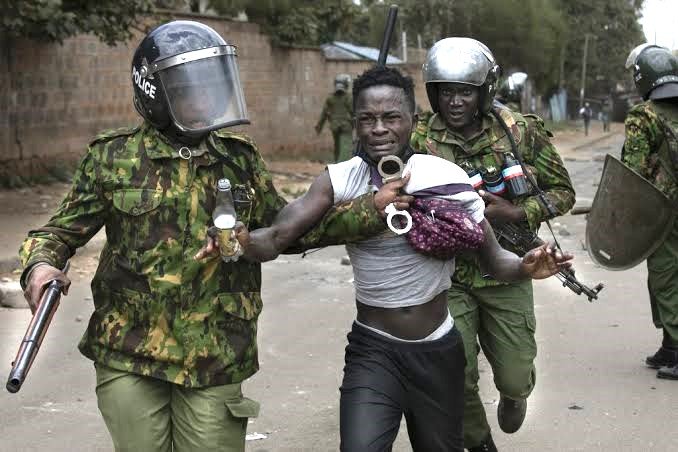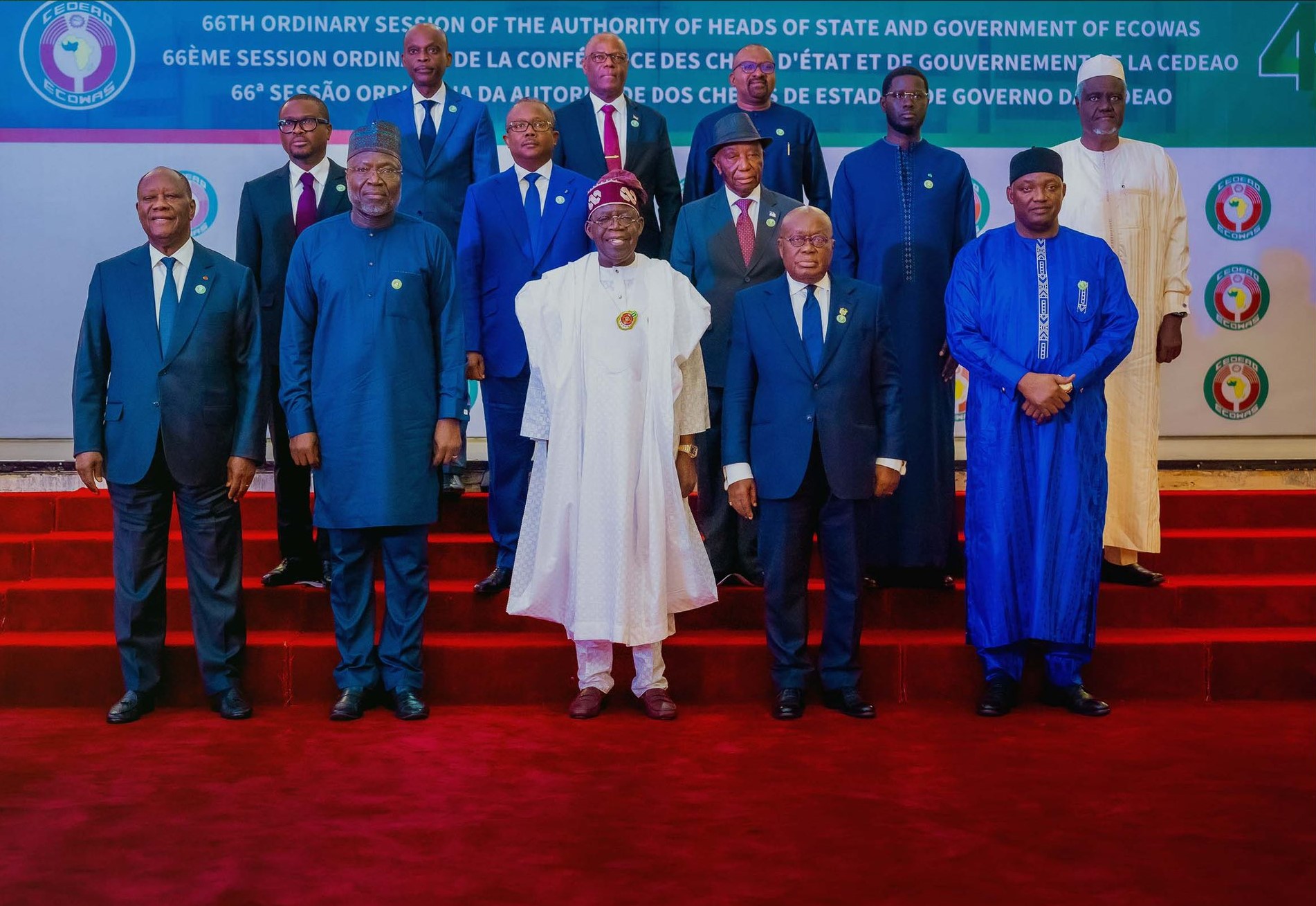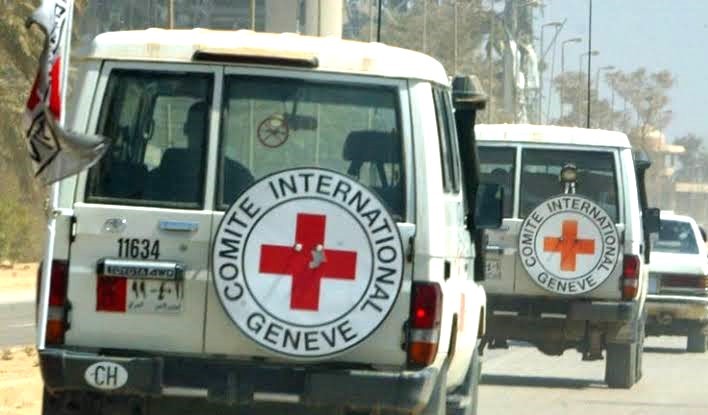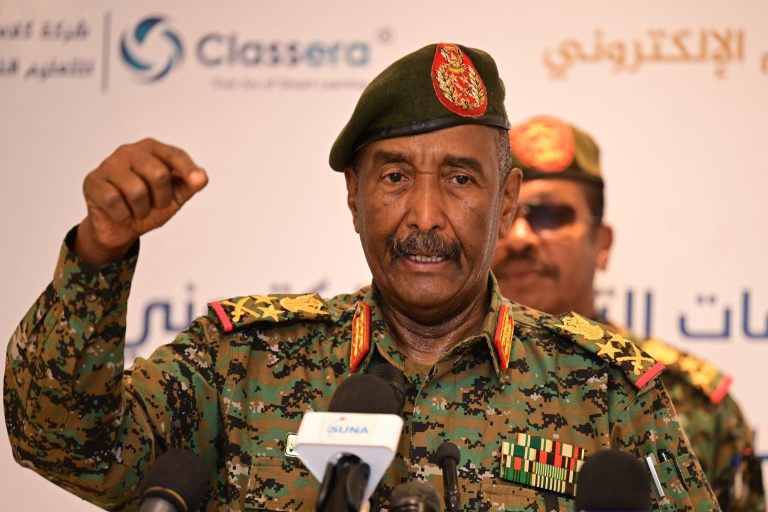Kenya">Kenya’s police watchdog has come down hard on the country’s security forces over a violent crackdown on recent anti-government protests that left at least 65 people dead.
The Independent Policing Oversight Authority (IPOA) says officers used “disproportionate force” and failed in their duty to protect life and uphold basic rights.
In its report released Thursday, the authority linked most of the deaths directly to actions by the police. The four separate days of protests, spread across six weeks, left hundreds more injured.
“There were significant breaches of constitutional policing standards, including lack of professionalism and disregard for public safety,” IPOA said.
From Grief to Gunfire
It began with the suspicious death of a young teacher and blogger, Albert Ojwang, while in police custody. Officers claimed he died from self-inflicted injuries, but public anger boiled over. Peaceful protests erupted in Nairobi on 12 June.
Since then, three officers have been charged with Albert’s murder.
A second protest on 17 June saw another tragedy. Street vendor Boniface Kariuki was shot point-blank and later died. An officer is facing charges for that killing too.
By the time protesters hit the streets again on 23 June — to mark one year since deadly tax protests — things had worsened. Twenty-three people died across the country.
The bloodiest day came on 7 July. According to IPOA, 41 lives were lost.
In total, 342 civilians were injured across the protests, while 171 police officers also sustained wounds. The protests were hijacked by “goons” and criminals, who looted shops and attacked police posts.
President Orders Leg Shots, Rights Groups Push Back
President William Ruto’s response drew even more concern. After the July protests, he instructed officers to shoot vandals and arsonists in the leg.
“Anyone caught burning another person’s business or property should be shot in the leg, hospitalised, and later taken to court. Don’t kill them, but ensure their legs are broken,” the president said.
The Interior Ministry also defended the force used, labelling the protests “anarchist” and “criminal”.
But human rights organisations have raised alarm. They say government officials, including the president, gave police a green light to use deadly force.
Interior Minister Kipchumba Murkomen denied the allegations. He described the protests as “terrorism disguised as dissent” and “an unconstitutional attempt to change government.”
IPOA, however, insists that the police acted outside the law on several occasions and failed to uphold their professional code.
“The right to protest is enshrined in our constitution. But too many lives were lost. That should never happen again,” the watchdog’s chairperson said.
Rate, Like 👍, Comment💬, share this article, Follow us on our social media handles, and Submit your own story to get featured and earn rewards!








